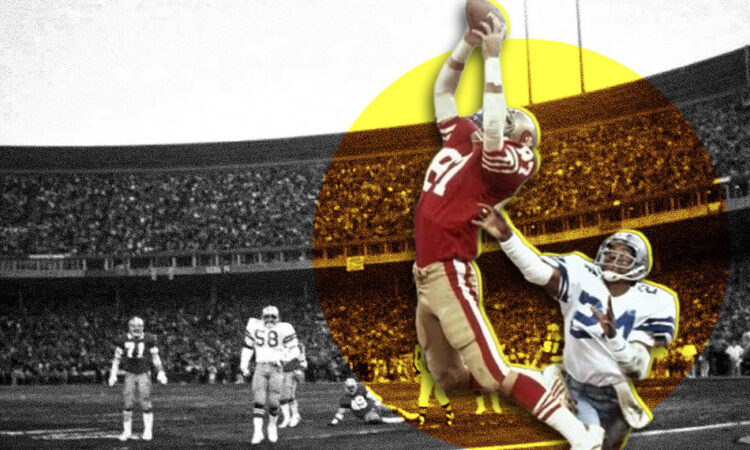
Marathon Man
March 17, 2003
Pyramids Crumbling
January 6, 2008Consistent Alpha Generation through Structure
My first (and, up until now, only) published article in the Financial Analysts Journal (Gross 1979) was one of the proudest achievements of my career, although looking back on it, I realize that the ideas in the article were surpassed many times over by Myron Scholes, Fischer Black, Robert Merton, and a myriad of others associated with option theory (see, for example, Black and Scholes 1973; Scholes 1972; Merton 1973).
My 1979 article came at option pricing from the standpoint of the market. It was a trader’s perspective thatattempted toapply real-tin1e price levels for “cushion” bonds (callable corporate bonds) in a context of value based on day-to-day experience. Crude as it was, it was nevertheless a forerunner of my efforts to apply theory, psychol ogy, and common sense to the construction of bond portfolios that would outperform indices and competitors over long periods of time with minimal volatility.
After more than 30 years of managing institutional and individ ual bond monies, I have gradually come to the understanding that successful money management over long periodsof time restson two, somewhat disparate, foundations. The first is “a secular outlook” that is, a three-year to five-year forecast that forces one to think long term and to avoid the destructive bile arising from the emotional whipsaws of fear and greed. Such emotions can convince any investor or management firm to do exactly the wrong thing during”irrational” periods in the market.
The second foundation is what might be called the “structural” composition of portfolio management, and whether the reader agrees or disagrees with the secular thesis, I would argue that those who fail to recognize the structural elements of the investment equation will leave far more chips on the table for other, more astute investors to scoop up than they could ever imagine. A portfolio’s structure is akin to its genetic makeup: It is how it is constructed without regard to short-term strategic decisions. Structure incorporates principles that are longer than secular, principles that are nearly paramount and should be able to deliver alpha during years when the manager’s magic touch-to usea basketball metaphor-seems to have disap peared or when there’s simply a time-out on the court, with secular investment opportunities few and far between. Duration, curve, credit, volatility, and other less obvious tilts to a portfolio’s steady state status are what I mean when I speak of a portfolio’s inherent structure, although some tilts are more volatile than others and, therefore, produce less risk-adjusted alpha.




